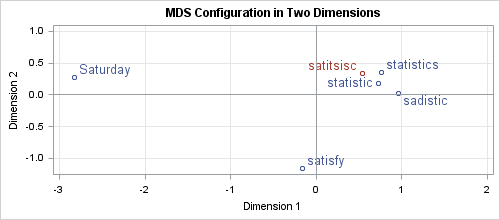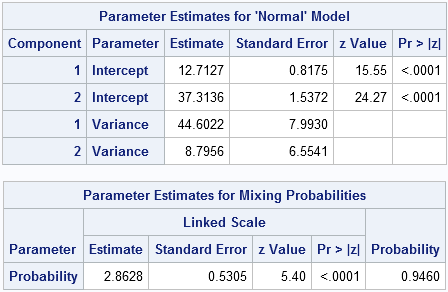
To celebrate the first anniversary of Statistical Programming with SAS/IML Software, you can now download the SAS/IML tip sheets (also called "cheat sheets") that I created for the book. At conferences, SAS Press displays these tip sheets next to my book. They have been very popular. Download these SAS/IML cheat










